Chinatown in New York City stands as a vibrant testament to cultural evolution and historical richness, making it an unmissable destination for anyone visiting the Big Apple. Serving as a lively gateway to Little Italy and other iconic NYC neighborhoods, Chinatown’s roots are deeply embedded in Asian heritage, yet it has blossomed into a unique cultural entity of its own. Whether your interests lie in shopping for unique finds, delving into history, savoring authentic cuisine, or simply immersing yourself in captivating sights, Chinatown, especially along Manhattan Canal Street, promises an enriching experience for every visitor.
The Historical Tapestry of Manhattan Canal Street
Manhattan Canal Street, the pulsating artery of Chinatown, owes its name to a literal canal that once flowed through this very area. This waterway, constructed in the 1800s, was a crucial infrastructure project by early New Yorkers, designed to drain contaminated water from this lower Manhattan district into the Hudson River, addressing public health concerns of the time. As New York City expanded and modernized, this open canal was transformed, cemented over to become an integral, if subterranean, part of the city’s infrastructure, forevermore known as Canal Street.
The transformation of the area into Chinatown began in the 1850s with pioneers like Ah Ken. This Chinese immigrant entrepreneur established a cigar store in what was then known as Park Row, marking the early seeds of the community. Over the subsequent decades, Canal Street and the surrounding area became a beacon for more Chinese immigrants seeking opportunities, particularly in the burgeoning cigar industry, and desiring to build new lives while fostering community bonds.
A pivotal moment arrived with the Hart-Cellar Act of 1965, which dismantled restrictive immigration policies. This legislative change spurred a significant influx of immigrants into established communities like Chinatown. Consequently, New York City now boasts the largest Chinese population in the United States and one of the most substantial Chinese diasporic communities outside of Asia. This diverse population represents a multitude of regions, languages, and dialects, enriching the cultural mosaic of Chinatown and Manhattan Canal Street.
Experiencing the Bustle of Canal Street in Manhattan Chinatown
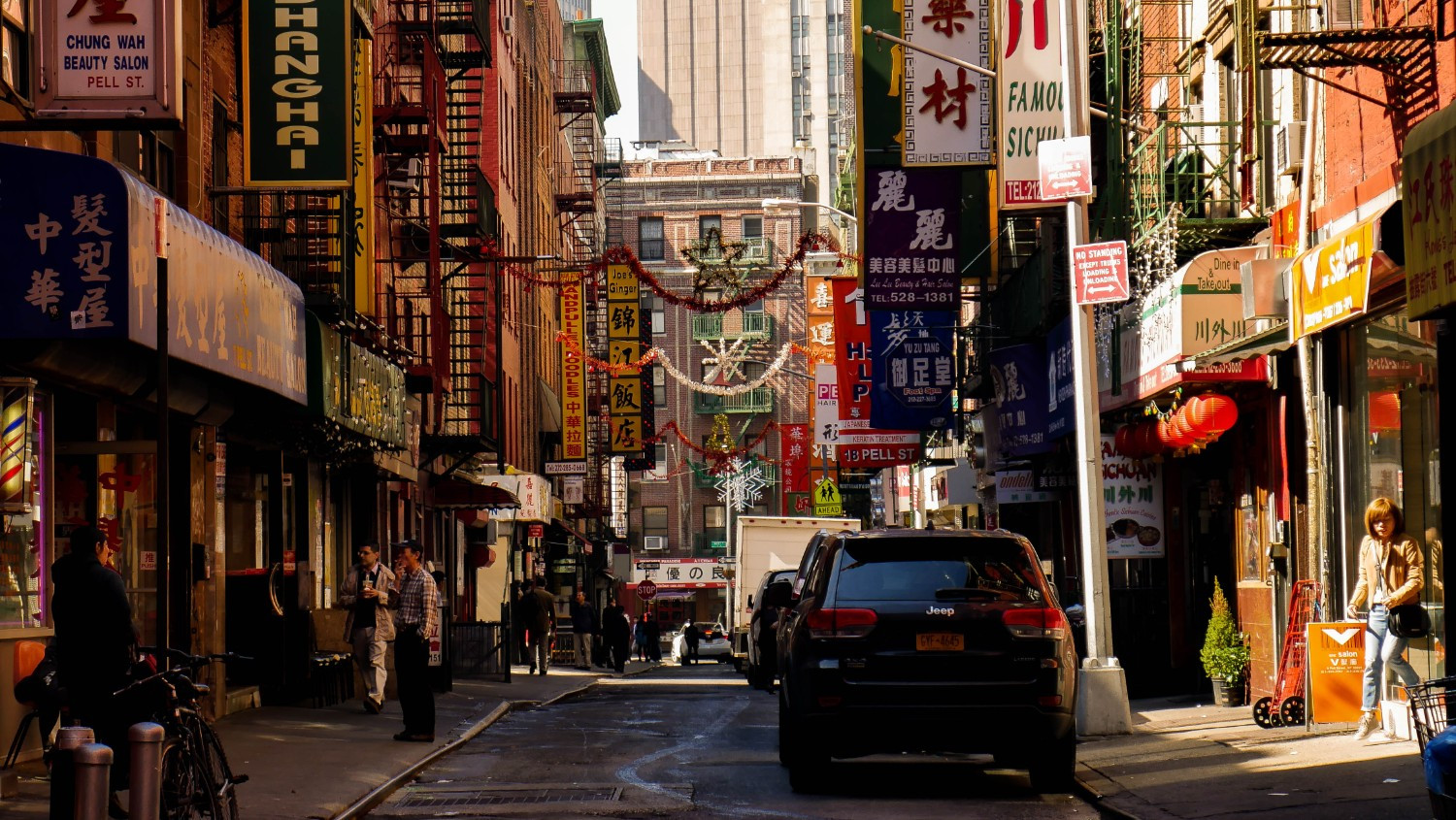 Open-air markets and street vendors line Manhattan Canal Street, offering a unique shopping experience in the heart of New York City's Chinatown.
Open-air markets and street vendors line Manhattan Canal Street, offering a unique shopping experience in the heart of New York City's Chinatown.
Manhattan Canal Street is synonymous with vibrant energy and constant surprises. The sidewalks here are a spectacle in themselves, teeming with vendors passionately displaying their goods. From enticing offers on fashion accessories and souvenir apparel to fresh seafood sold by weight, the variety is astounding. Adding to the immersive experience, nearly every sign, address, and advertisement is rendered in Chinese characters, reinforcing the authentic and captivating atmosphere that defines this part of New York City.
Shopping on Manhattan Canal Street is an adventure, a stark contrast to conventional retail environments like department stores. Here, commerce spills out onto the sidewalks, creating an open-air bazaar. You might stumble upon that must-have memento of your NYC journey, perhaps a stylish watch, and engaging in haggling and bargaining is not just accepted—it’s expected. Cash is unequivocally the preferred currency along Canal Street. While some shops may accommodate cards, the majority of street vendors operate on a cash-only basis, enhancing the traditional market feel.
Authentic Culinary Adventures Near Canal Street
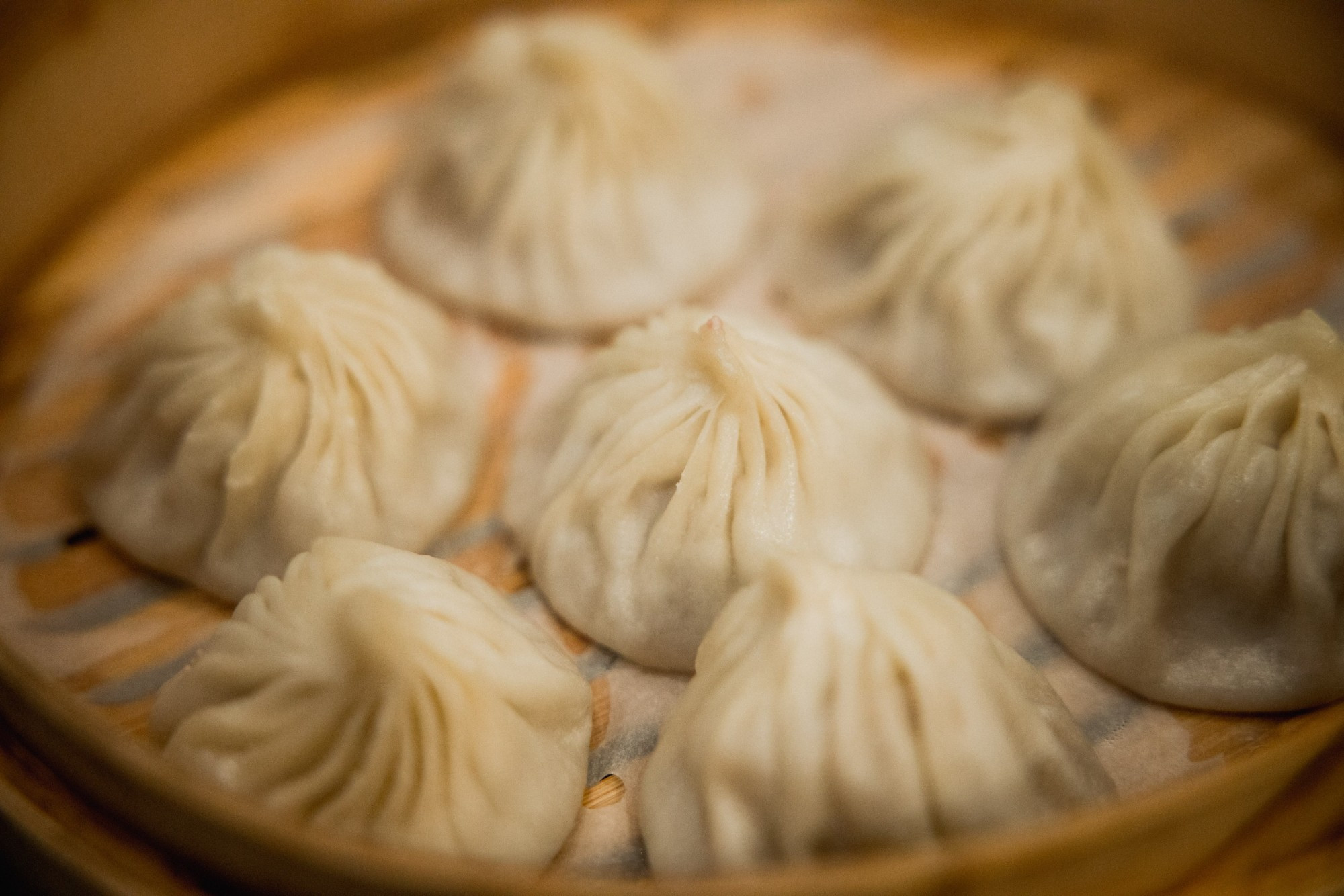 Delicious soup dumplings, a culinary highlight of Manhattan Canal Street's diverse food scene in Chinatown, New York City.
Delicious soup dumplings, a culinary highlight of Manhattan Canal Street's diverse food scene in Chinatown, New York City.
For an unparalleled culinary journey, venture off Manhattan Canal Street into the charming side streets of Chinatown. Here, a treasure trove of authentic Chinese restaurants awaits, ready to satisfy any craving. Dim sum is always an excellent choice, with establishments like Golden Unicorn offering classic Cantonese delights. For those seeking the exquisite flavors of soup dumplings, Joe’s Shanghai is renowned for its Shanghainese specialties. Beyond these iconic dishes, exploring further will reveal restaurants specializing in diverse regional Chinese cuisines, from spicy Sichuan dishes to savory Peking duck, ensuring a satisfying gastronomic exploration for every palate.
Exploring Beyond Chinatown: SoHo and Little Italy
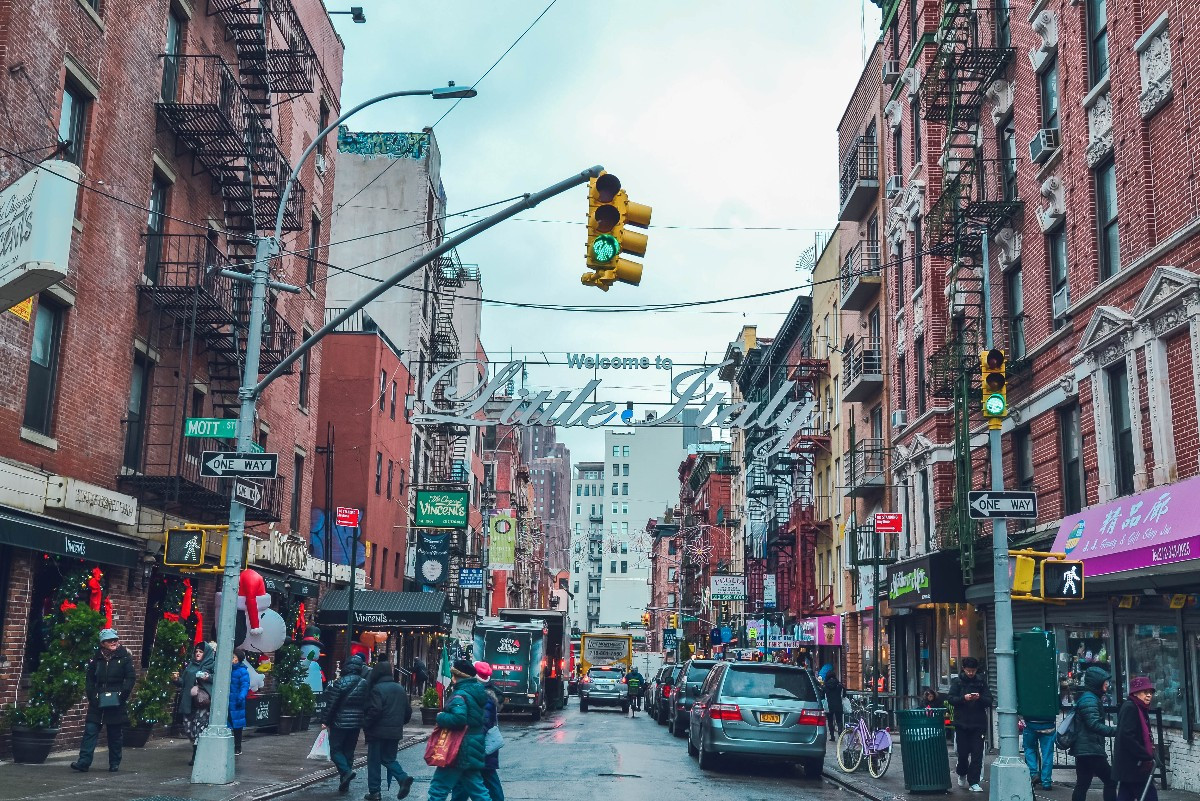 Explore the neighboring Little Italy district, easily accessible from Manhattan Canal Street in New York City's Chinatown, highlighting the rich cultural tapestry of Lower Manhattan.
Explore the neighboring Little Italy district, easily accessible from Manhattan Canal Street in New York City's Chinatown, highlighting the rich cultural tapestry of Lower Manhattan.
The strategic location of Manhattan Canal Street and Chinatown makes it an ideal starting point to discover more of New York City’s celebrated neighborhoods. Its proximity to SoHo and Little Italy is a significant advantage, allowing visitors to seamlessly explore three distinct cultural enclaves in a single visit. Guided walking tours are an excellent way to maximize this opportunity, often encompassing Chinatown, SoHo, and Little Italy in a comprehensive and insightful experience.
These tours, led by knowledgeable local guides, illuminate the best attractions, share captivating historical and cultural anecdotes, and reveal hidden gems favored by locals. For those with a sweet inclination, Ferrara Bakery in Little Italy, a short walk from Canal Street on Grand Street, is an institution famous for its cannolis and traditional Italian pastries. Conversely, SoHo, known globally for its upscale boutiques and distinctive cast-iron architecture, offers a contrasting urban aesthetic. A visit to Dominique Ansel Bakery in SoHo, home of the original cronut, is a must for dessert enthusiasts seeking contemporary pastry creations.
Planning Your Visit to Manhattan Chinatown
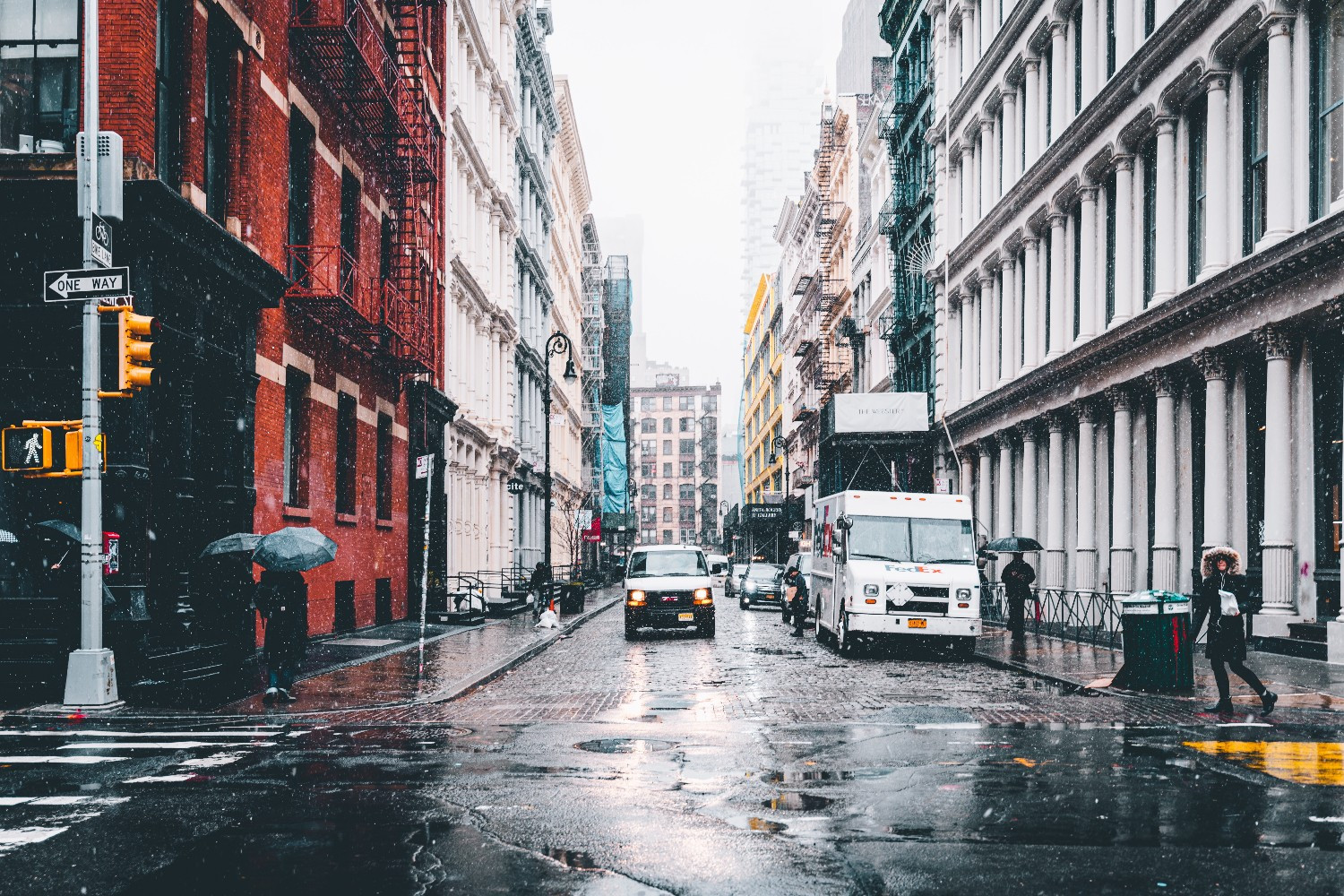 SoHo's iconic cast-iron architecture, located just west of Manhattan Canal Street, offering upscale shopping and a contrasting urban landscape near Chinatown.
SoHo's iconic cast-iron architecture, located just west of Manhattan Canal Street, offering upscale shopping and a contrasting urban landscape near Chinatown.
Safety Considerations in Chinatown
While the lively crowds on Manhattan Canal Street and throughout Chinatown can feel dense, it’s important to note that Chinatown is generally safe. As in any bustling urban area, especially popular tourist spots in Manhattan, it’s wise to be mindful of personal belongings, particularly in crowded areas.
Chinatown, like much of Manhattan, remains reasonably safe even at night. Practicing common sense is key in any part of New York City. Traveling in pairs or groups is advisable, and if you ever feel uncertain or uncomfortable, it’s best to retrace your steps or seek assistance.
Navigating to Manhattan Canal Street and Chinatown
It’s interesting to note that New York City is home to multiple Chinatowns. However, the most renowned and frequently visited is the one in Manhattan, the focus of this article. There are in fact, several Chinatowns across the boroughs, reflecting the widespread Chinese diaspora in NYC.
Manhattan’s Chinatown is easily identifiable upon arrival. The prevalence of Chinese signage and distinct architectural styles immediately sets it apart. The neighborhood is defined by Grand Street to the north, Chrystie Street to the east, East Broadway to the south, and Broadway to the west, with Manhattan Canal Street running through its heart.
Reaching Manhattan Canal Street is straightforward via public transportation. The Canal Street subway station is serviced by the N, Q, R, and W trains (yellow line) and the 4, 5, and 6 trains (green line), making it highly accessible from various parts of the city.
The Enduring Allure of Manhattan Canal Street and Chinatown
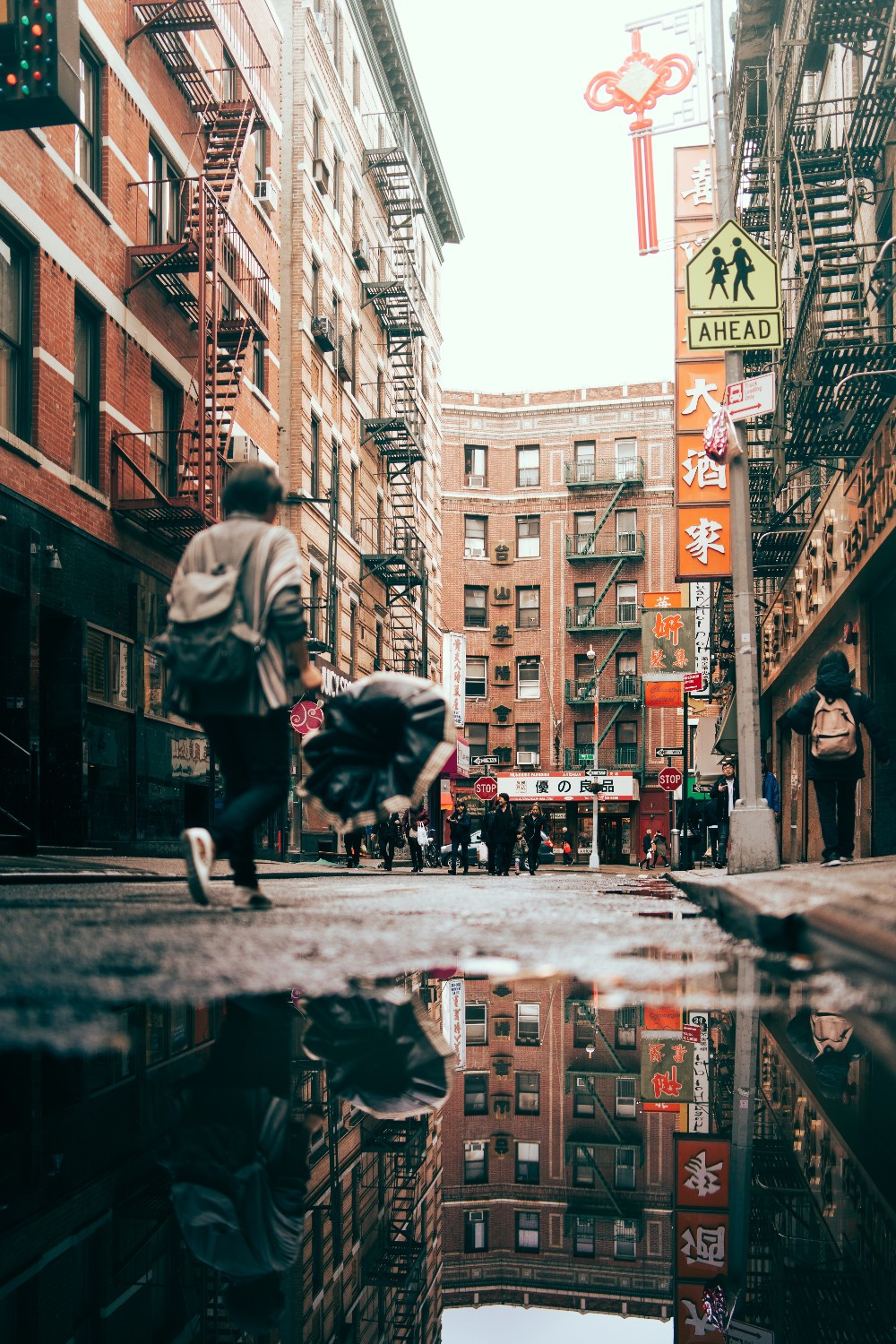 Experience the authentic charm of Manhattan Canal Street and Chinatown in New York City, a vibrant neighborhood blending culture and urban life.
Experience the authentic charm of Manhattan Canal Street and Chinatown in New York City, a vibrant neighborhood blending culture and urban life.
Manhattan Canal Street and Chinatown captivate visitors with a unique blend of attractions. Some are drawn by the exceptional culinary offerings, while others are fascinated by the vibrant spectacle of street life. Quaint side streets adorned with traditional shops and iconic Chinese lanterns encapsulate the classic New York City charm, establishing Chinatown as an exceptional destination for those seeking an authentic and distinctive experience. Its strategic location, adjacent to SoHo and Little Italy, further enhances its appeal, making a guided neighborhood tour an efficient way to explore multiple cultural facets of Lower Manhattan in a short amount of time.
Fundamentally, Chinatown embodies the rich diversity of New York City. For nearly a century and a half, Chinese families have cultivated a thriving community in Chinatown, preserving their cultural heritage while adapting to their new home. Streets like Mott and Pell Streets, intersecting with Manhattan Canal Street, resonate with a unique New York character.
In Chinatown, culture and city coalesce harmoniously, creating one of New York’s most beloved neighborhoods. This dynamic interplay has forged a global reputation, making Manhattan Canal Street and Chinatown a must-experience destination for anyone seeking the true essence of New York City’s multicultural tapestry.

